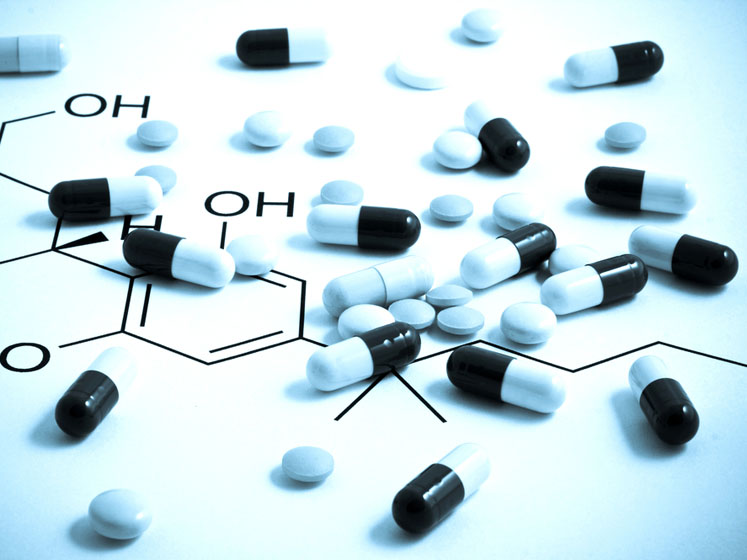With the market-focused drive towards the production of orally deliverable dosage forms, there is a constant struggle to develop appropriate formulations of new molecules that allow oral administration and, at the same time, ensure the drug has optimal bioavailability in patients.
The choice of excipients is key to achieving this goal and can also impact the stability and shelf-life of the drug product. Many innovators are looking to confront both formulation and delivery choices earlier in the development process to reduce the risk of having to rework the formulation at the clinical stages — costing both time and money — and expedite time to market.
The impact of the “patient experience” and seeking to improve compliance is a growing factor in dose design; here too, excipients and formulation play a key role. Enhancing the feel and palatability of an oral dose, and ensuring a tablet or capsule is easy to swallow, are essential for patient acceptability. As such, excipients that can offer benefits in these areas are useful for formulation scientists to have in their toolkits.
Choosing the correct excipient
In all regulatory submissions, reviewers expect a clear rationale for the selection and quantity of excipients being used. Not only should the amount of excipient in a formulation remain beneath the permitted daily dose, but any physical properties of the excipients that may affect stability should also be considered. This means that a formulation scientist must know the attributes of the excipients involved, have a clear understanding of why they are used and be able to justify their inclusion.
Usually, the first step in a development programme is to a conduct a drug-excipient compatibility study to evaluate any unintended interaction between the excipient and the drug substance and avoid any negative impact on the product’s stability or shelf-life.
Formulators must also consider the quality of any excipient used, as different grades of the same excipient can have a marked influence on a formulation’s effectiveness. Low impurity grades must be used when a drug substance is particularly sensitive to trace impurities.

Advances in excipients
As a greater understanding of the interactions between drug molecules and even low levels of reactive impurities — such as peroxides and aldehydes — has evolved, excipient manufacturers have significantly improved the quality and purity of solvent excipients such as oils and polyethylene glycols (PEGs).
Interactions with drug molecules can have a significant effect on drug stability and, additionally, when a formulation is within a gelatin shell — such as a softgel capsule — impurities can cause crosslinking within the gelatin, which can affect the dissolution properties of the capsule and potentially result in a failure to meet product specifications.
Additionally, improvements have been made in the functionality of excipients, such as in a product’s particle size and shape, which impacts its flow properties. Powder flow is important in processes such as tableting and hot melt extrusion, so if excipients can enhance the formulation’s overall flow, this is extremely valuable.
Increasingly, excipient manufacturers are developing products that are easier to use and reduce both development time and cost. These include coprocessed materials, which combine the properties of two or more separate excipients into one and provide formulators with a single, multifunctional excipient option, and ready-to-prepare coating preparations.
Formulation scientists face ever-mounting pressures to work within tight deadlines, often with more challenging molecules. Determining the optimal formulation of a drug early in the process and using the correct excipient can accelerate a product’s time-to-market and ensure both the drug’s efficacy and improved patient compliance.
